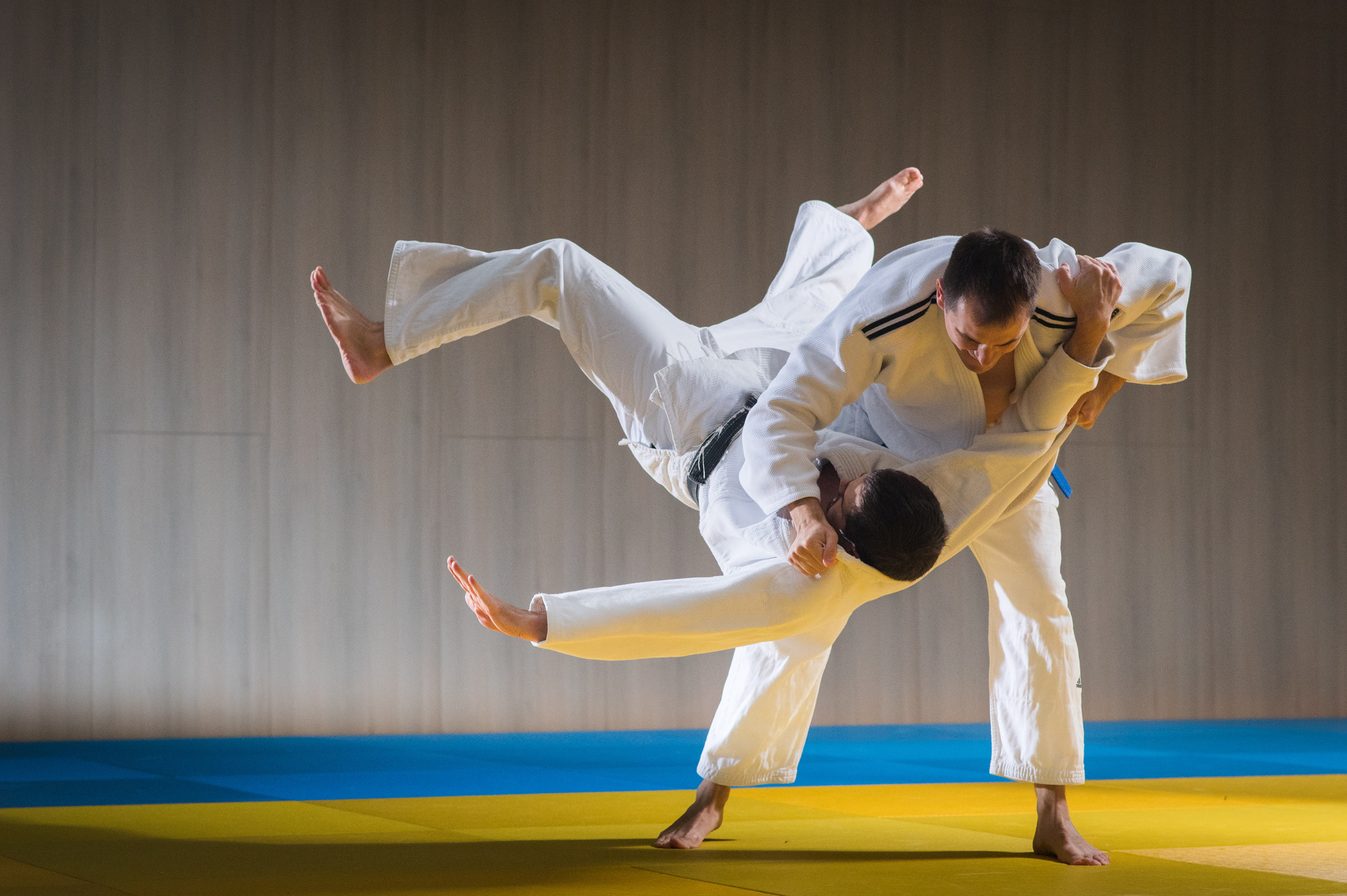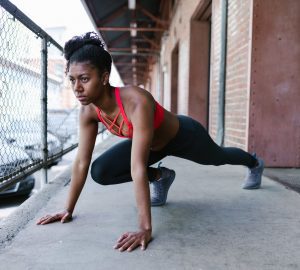There’s no shortage of martial art forms to practice and master. Though most can be used for self-protection, some are more practical than others for such a goal. The martial arts styles we’ll discuss today are among the best forms of martial arts for self-defense. Let’s take a closer look at each.
Best Martial Arts for Self-Defense
In essence, you should use martial arts for defending against harm instead of bringing harm – which you can learn more about in self defense classes at Hassett’s Jiu Jitsu. While most forms can be adapted to a mostly defensive style, none are as suited to the approach as the following:
1. Brazilian Jiu-Jitsu (BJJ)
As a martial arts for self-defense form where size doesn’t matter, BJJ is ideal for self defense classes. One of its founding fathers was a frail individual who contributed to the technique’s suitability to smaller and weaker fighters. Thus, he incorporated evasive movements, grapples, and submissions into the sport instead of making it about pure attacking power and strength.
Traditional Gis may make BJJ look like a gym-exclusive sport, but don’t let the formality fool you. This combat sport can have your back in a street bout any day. It’s focus on ground-based fighting equips you with the necessary skills to take fights to the ground where you can take charge.
On the ground is where a BJJ martial artist can really deliver. After bringing your opponent to the position you want them in, you can then employ a variety of submission moves. There are different kinds of submissions to use to defend yourself, from chokes and arm bars to ankle locks and kimuras.
Though take note that your opponents won’t be tapping out in a real fight, so you would have to be more aware and extra careful in that scenario. We aren’t just talking about watching out for ourselves, either. You’d need the presence of mind to know that you’re merely restraining your opponent and not actually breaking his bones or blocking his air passage.
A sweep is a move that makes BJJ one of the best defensive styles out there. From a standup position, which is not a position to maintain when using BJJ, you can immediately deliver a sweep to give yourself the advantage.
The advantage? The fight transitions to the ground, where you can subject your opponent to a wide range of defensive moves.
The roll is a go-to move for BJJ practitioners, too. It’s a bit like sparring but is more applicable in real-world scenarios. It brings all the elements of an actual fight to training. That way, learning can be applied in “real-life” situations without the consequences.
2. Muay Thai
Known as the “art of eight limbs,” Muay Thai makes use of your fist, knees, legs, and elbows to deliver blows. While BJJ focuses more on ground defensive and attacking styles, most Muay Thai’s moves get executed standing up.
Muay Thai delivers some of the most devastating strikes from a standing position. That’s because strikes start from below and draw power as they move upward. That’s true for punches, which generate power from the hips, and kicks. In particular, kicks are extra powerful due to their specific execution in Muay Thai. One may even go as far as to claim it’s among the most powerful moves in the world of martial arts for self-defense.
Though all these are suggestive of an offensive sport, which, don’t get us wrong, Muay Thai definitely is. However, for all its combative foundations, it also uses some of the best defensive moves in the industry. Outside of strikes, there are throws and trips to slow an opponent down or prevent them from attacking. These are particularly useful moves if an attacker outmatches you in size.
Sparring is the best form of Muay Thai training there is. It allows you to develop your entire fighting skill set and prepares you for what’s out there. It exposes you regularly to the feeling of having someone come at you at full force. While it mostly doesn’t come with the consequences of an actual street fight, it does more than enough to get that point across, too.
Overall, Muay Thai is less formal and intimidating because there are no uniforms or belt systems. All you have to do is be there and learn.
3. MMA
A fighting style that incorporates several disciplines is bound to have foundations rooted in self-defense, right? That is an absolute truth about mixed martial arts, which is as much about defense as it is about the offense. In some cases, the defense even accounts for a larger portion of the style, especially in BJJ-centric art forms.
MMA lets you learn a bit of everything, from Judo and Taekwondo to BJJ, Muay Thai, and boxing. For boxing-focused styles, consider picking a double end bag so you can practice bag drills more comprehensively. Since it borrows so much from other disciplines, MMA can be made to be as “defensive” as the practitioner wants.
MMA covers strikes, submissions, and takedowns in proportionate measures, so it’s never going to be a purely offensive style. For the most part, the sport teaches you how to restrain an attacker until they cease to be in danger.
Though that’s in a real-life circumstance, your goal would be to get an opponent to tap out in the octagon. If there still isn’t enough proof of MMA’s defensive advantage, consider the fact that it’s one of the very few martial art forms not involving weapons training.
So, What Defensive Art Form Should You Learn?
Your choice could depend on how much offense you want to adapt into your fighting style. In that case, the order would be Muay Thai, BJJ, and mixed martial arts. Mixed martial arts and BJJ can be exchanged depending on MMA’s other components, though MMA remains the most balanced of the three in terms of offense and defense.








